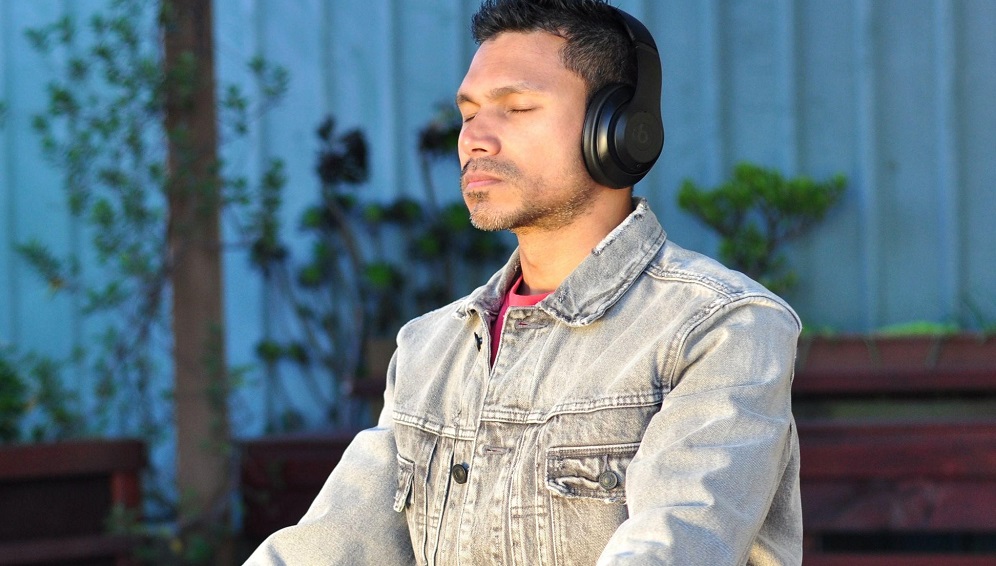When you’re faced with a difficult, highly stressful situation, how do you react? One of the first signs you’ll experience is shallow breathing and anxiousness, which can impair your judgment and ability to make essential decisions in a challenging situation.
The military developed the tactical breathing technique as a strategic way to manage stress in dangerous situations. It’s an excellent breathing technique for stressful professions, including firefighters, law enforcement officers, and special forces.
Tactical breathing is a great way to manage daily work stress, whether you need to meet a tight deadline, conduct a business meeting, or deal with challenges in life and on the job.
This breathwork focuses on the diaphragm, and equally-measured breathing, in a count of four seconds for each inhale and exhale. Also known as box breathing, this technique is a four-stage cycle you can perform anywhere at home or work.
The Impact of Tactical Breathing on the Nervous System
When you begin tactical breathing, this directly impacts the nervous system and allows your body to calm as you focus on a solution during a stressful situation.
Deep breathing slows the parasympathetic nervous system, which enables your body to relax, by slowing down your heart rate and lowering your blood pressure. This 4-second breathing technique promotes better blood flow as oxygen levels rise, so you’ll have increased energy and confidence for stress management.
How to Perform Tactical Breathing
Ideally, you’ll want to find a quiet, comfortable spot to practice, though you may not have the option of changing your environment in an urgent situation. Whether you’re standing or sitting, make sure your feet are flat on the floor, with one hand on your stomach, to monitor your breath.
- Exhale completely, then begin to take a breath slowly, counting to four.
- Hold your breath for four seconds.
- Release your breath, counting to four again, until you expel all the oxygen.
- Repeat for several minutes until you notice a calming effect.
The box breathing technique works quickly, so you’ll notice immediate results, which is crucial in a dangerous situation, or when you need quick decision-making ability.
The Benefits of Deep Breathing
Deep breathing exercises provide several advantages for your physical and mental health. As you slow down your breath and take in more oxygen, you’ll feel immediate relaxation and a sense of calm, which helps you focus in situations where you need to make a quick decision.
When you initially begin tactical breathing, you’ll find that it may feel unusual, as chest breathing is more common during times when you feel anxious or nervous. With practice, you’ll soon find this method beneficial for many other reasons, including:
- Reducing stress and anxiety in the body when you panic or perceive a threat
- Better sleep with minimal interruption during the night
- Greater focus and productivity during the day
- It helps relax tension in the muscles
- Ideal for meditation, yoga, and gentle exercise
Once you become comfortable with tactical breathing, you’ll find this breathing pattern offers support for mindfulness and careful reaction during a high-stress situation. It’s also helpful to practice during the evening, in preparation for bedtime, and before a presentation, exam, or challenging event.

Tips for Tactical Breathing
If practiced regularly, box breathing also supports your immune system, so you’ll be less prone to colds or illnesses brought on by stress. When you begin performing various deep breathing methods, you’ll find it beneficial to set up an area in your room that’s calm, quiet, and away from distractions.
You may find the following tips useful once you begin practicing this type of breathing technique:
- Set aside ten or fifteen minutes daily to practice box breathing.
- Don’t push yourself too much; take a break if you feel dizzy or lightheaded. Deep breathing can have this effect if your body isn’t yet used to it, and it may take a few sessions to get comfortable.
- Allow your muscles to relax, but remain alert so you’re not too passive. This breathing exercise calms your nerves while enhancing your focus and decision-making ability.
- Aim to practice twice a day, during or in addition to meditation.
- ● Choose soothing background sounds or music to help you relax, such as gentle rain, birds singing, or soft rhythms.
Final Thoughts
Tactical breathing is a highly effective method in reducing anxiety, improving stress management, and giving you a sharper focus on how to perform well in a difficult situation.
It’s an easy technique you can practice anywhere, for just a few minutes, once or twice daily. As you become more accustomed to this technique, it’s easier to fit into your routine and achieve greater control in stressful situations.


